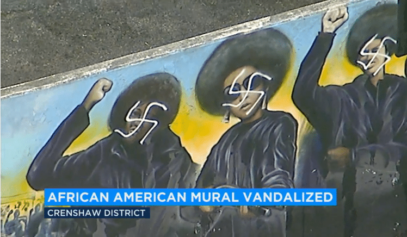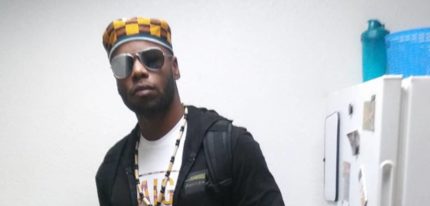Forty-five years ago, on Dec. 4, 1969, a unit of 14 Chicago police officers, under the direction of Cook County State’s Attorney Edward Hanrahan, executed a predawn raid on a West Side apartment that left Illinois Black Panther Party (BPP) leaders Fred Hampton and Mark Clark dead, several other young Panthers wounded and seven raid survivors arrested on bogus attempted murder charges. Though Hanrahan and his men claimed there had been a shootout that morning, physical evidence eventually proved that, in reality, the Panthers had only fired a single shot in response to approximately 90 shots from the police. A multitude of evidence shows that the FBI, which is charged by law with investigating crimes and preventing criminal conduct, itself engaged in lawless tactics and responded to deep-seated social problems by fomenting violence and unrest to take down the BPP. Much of the following evidence was drawn from the website of a former Panther, Assata Shakur.
J. Edgar Hoover’s Spies
Chicago Black Panther Party Chief of Security William O’Neal was a paid informant for the FBI. When a group of lawyers working at the People’s Law Office on a civil rights lawsuit filed on behalf of the Hampton and Clark families and the survivors of the Dec. 4 raid, the group subpoenaed the Chicago FBI’s Black Panther Party files. In response, the FBI produced a small number of documents that included a detailed floor plan of the BPP apartment specifically identifying the bed where Hampton slept, which O’Neal had supplied to Hanrahan before the raid by way of his FBI control agent. The last volume produced by the government was O’Neal’s control file. In it was yet another smoking gun: a memo from the Chicago office to FBI headquarters requesting a $300 bonus to reward O’Neal for his information, which the memo asserted was of “tremendous value.” A return memo from headquarters approved this request.
Destruction Recognized by Supreme Court
In April 1979, the 7th Circuit Court of Appeals found that the FBI and its government lawyers had obstructed justice by suppressing the BPP files. The Court of Appeals also concluded that there was substantial evidence to support the conclusion that the FBI defendants, in planning and executing the raid, had participated in a “conspiracy designed to subvert and eliminate the Black Panther Party and its members,” thereby suppressing a “vital radical-Black political organization.” The court further found there to be convincing evidence that these defendants also participated in a separate post-raid conspiracy to “conceal the true character of [their] pre-raid and raid activities,” to “harass the survivors of the raid” and to “frustrate any [legal] redress the survivors might seek.” The next year, this landmark decision withstood a challenge in the U.S. Supreme Court. It stands today as judicial recognition of outrageous federal and local criminality and cover-up.




